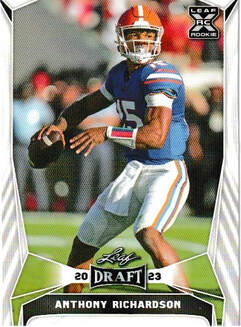
A blaster box gives collectors a nice yield, too, including the promise of two autograph cards.
The 100-card base set is broken down into 69 cards, with an additional 11 All-American cards, 10 Touchdown Kings and 10 Draft Flashback cards.
There are some good things about this set. Collectors will get some early looks at projected draft picks like Kyler Murray, Dwayne Haskins, Josh Allen, Devin White and Ed Oliver. Besides any set that contains a player named Greedy Williams is tops in my book.
Andraez Williams got the nickname “Greedy” from his grandmother when he was young. If he gets drafted by an NFL team and makes the roster, he will rise to the pantheon of great pro football names along with Happy Feller and Fair Hooker.
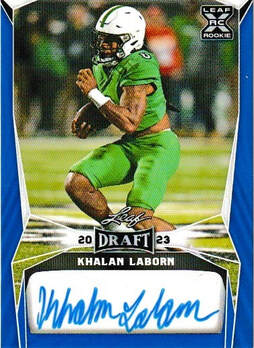
The most glaring negative about this set is that Leaf had to airbrush logos and team names from the players’ helmets and uniforms. It’s a licensing issue, and while understandable, the washed-out look does detract a little bit from the design.
The card front design features a vertical, color photo (except for the Flashback cards, which are black-and-white). The Leaf logo is positioned in the upper left-hand corner of the card, while the Draft logo is situated beneath the photograph. The player’s name is listed in white, block letters underneath. The team name is not mentioned on the card front.
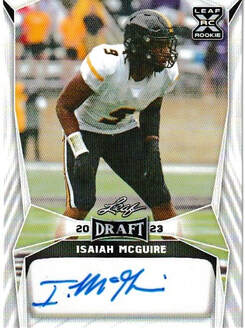
The team name is listed on the card back within a six-line biographical sketch that is placed underneath the player’s photo in an octagon-like shape. The card number is at the top middle part of the card back.
Those parallel lines are also prevalent on the reverse of the card, and one gets the same effect when placing one next to another. This holds true with the patterns at the top and bottom of each card, too.
A blaster box contains 10 cards, with 10 cards to a pack. It’s very possible one could finish the base set with perhaps two – or three – blasters. Each pack contains a gold parallel.
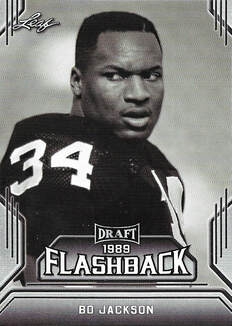
There was one insert -- one Murray Touchdown Kings card, which is part of a three-card subset.
The two autograph cards were signed on stickers. One was a base card — Ole Miss offensive lineman Greg Little — while the other was a gold parallel of Missouri tight end Kendall Blanton. The team names are nowhere on the card, nor is the player’s position. I had to look those up. Ugh.
Overall, however, the 2019 Leaf Draft set is a nice snack heading into the NFL draft. There is a good chance that many of the players in this base set will find their way onto an NFL squad, either on draft day or later as a free agents.
Time will tell.
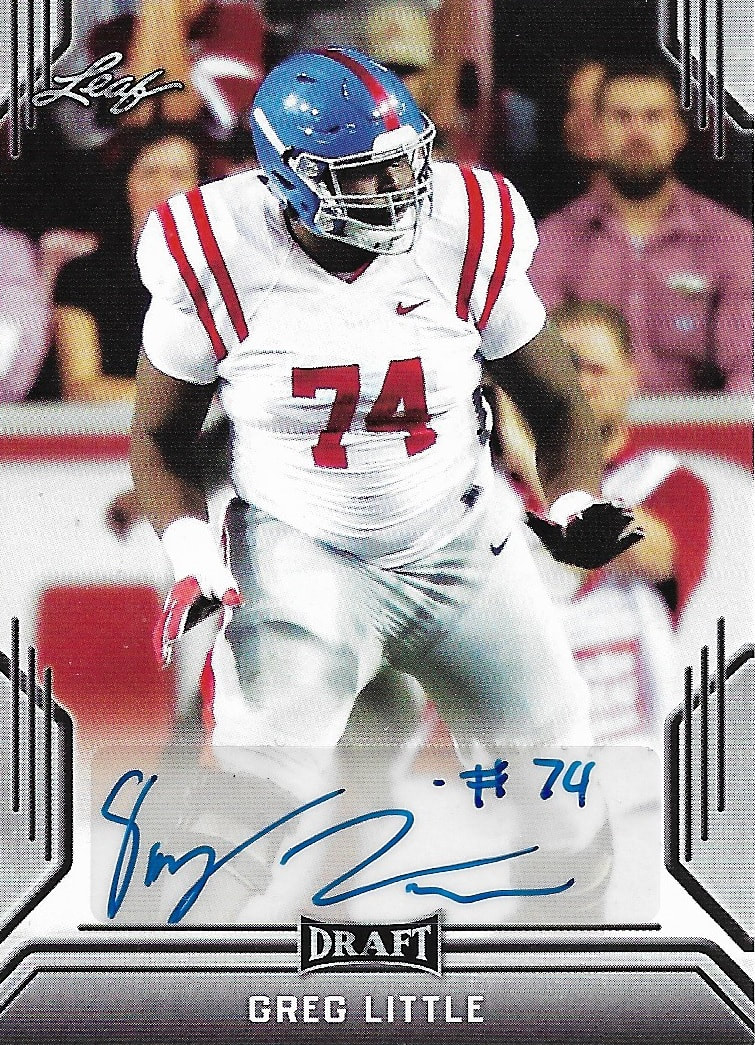
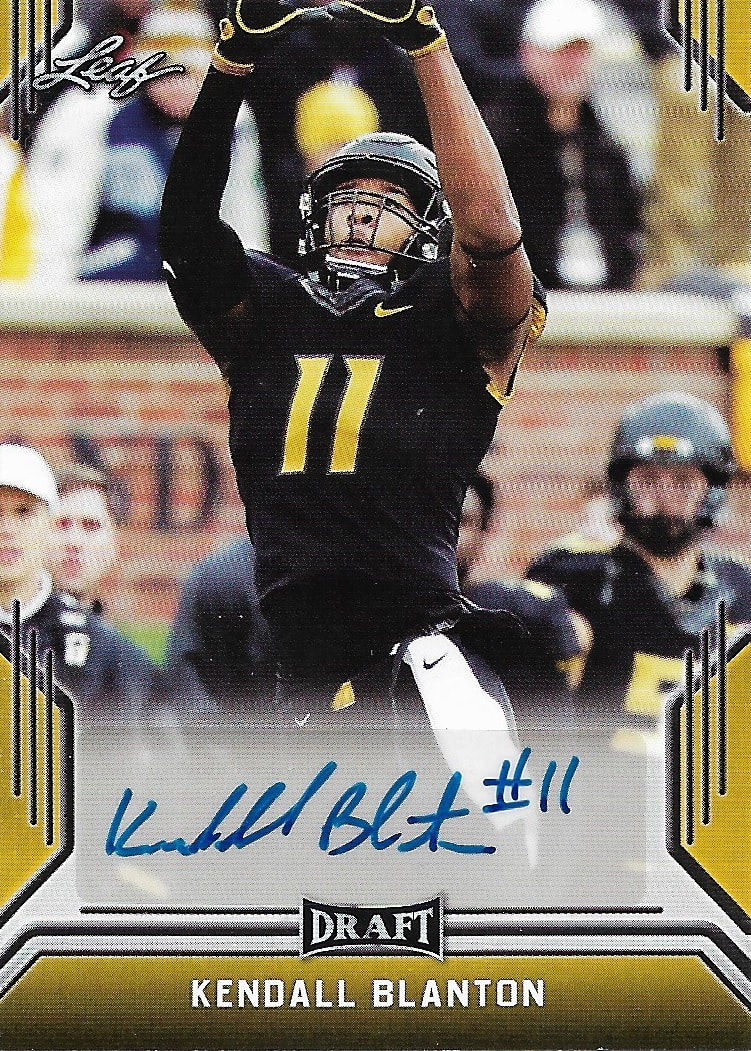
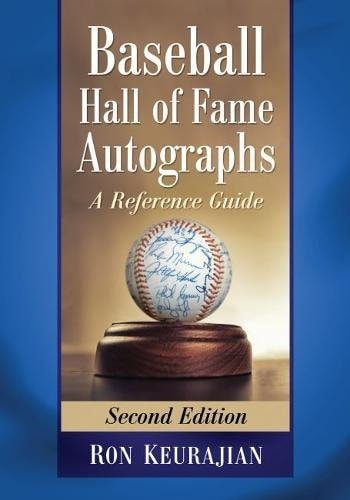
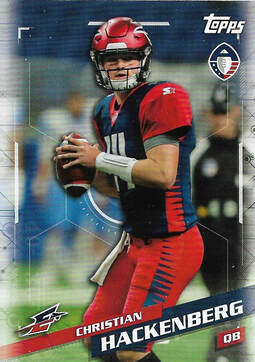
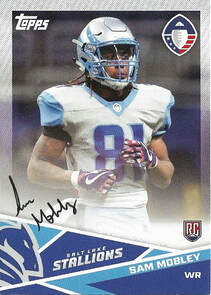
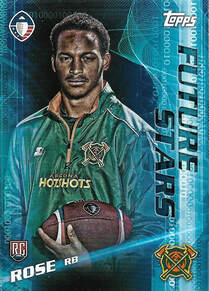
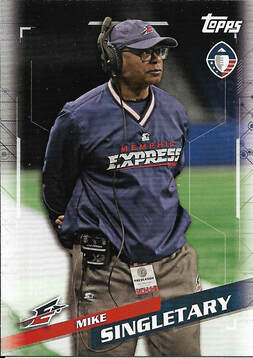

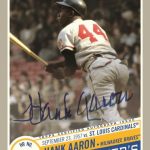

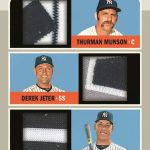

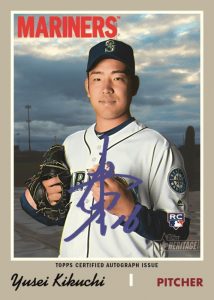
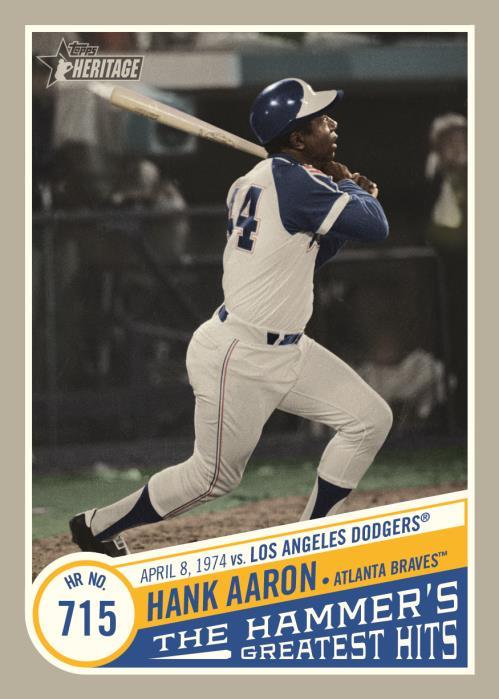
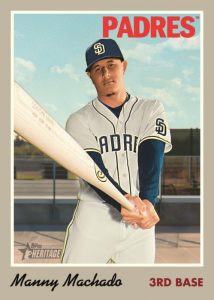
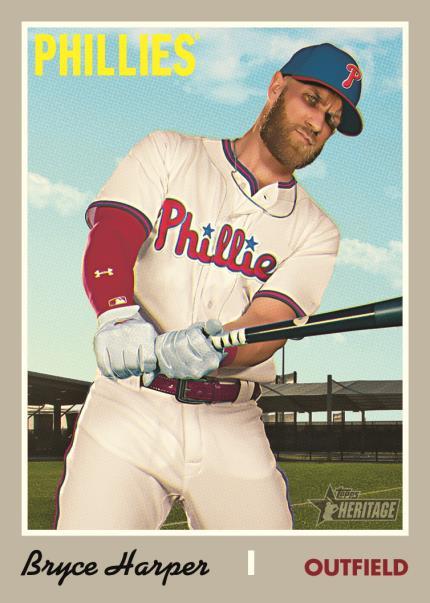
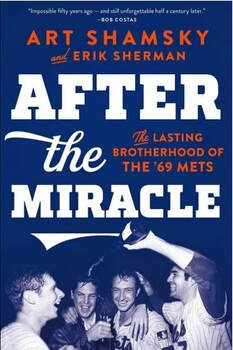
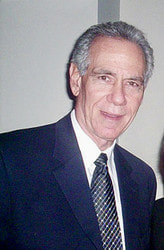
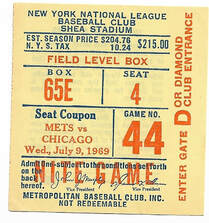
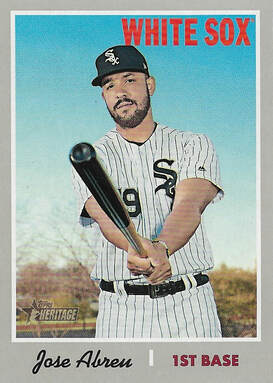
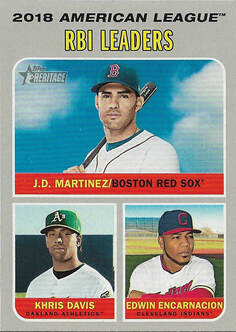
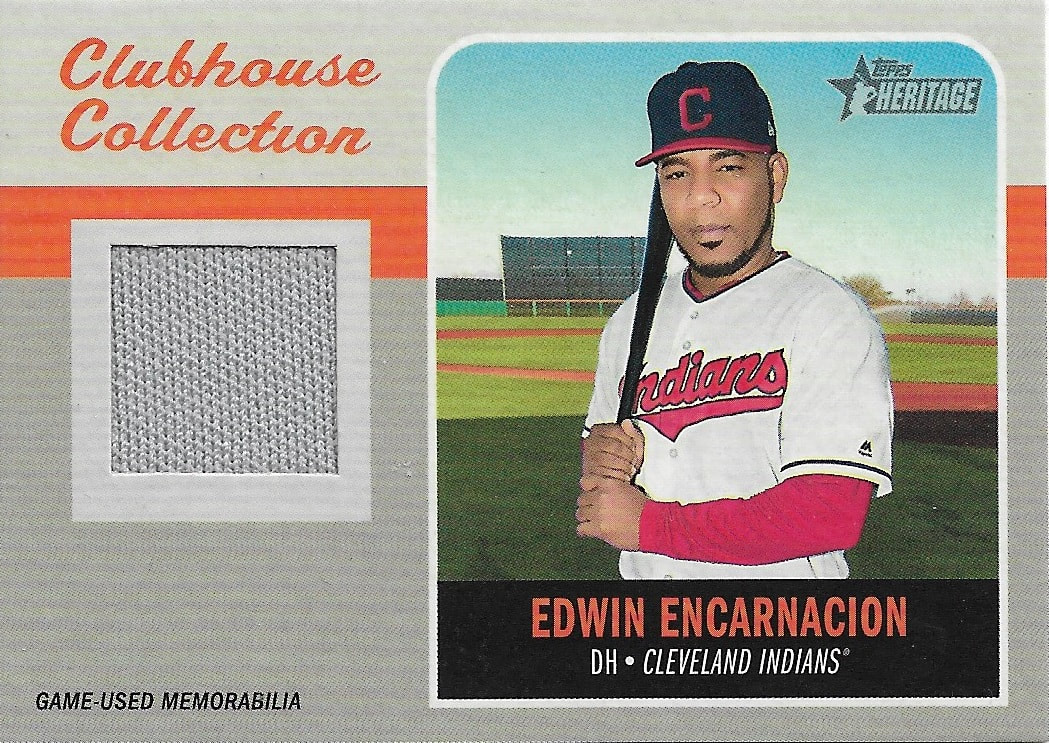
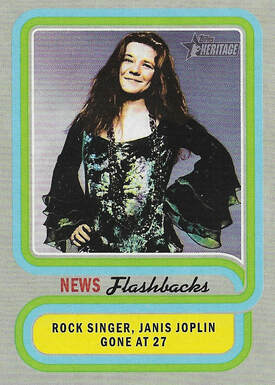
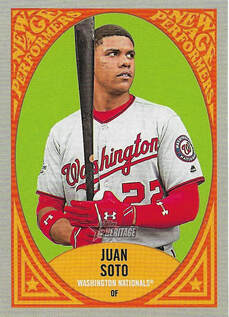
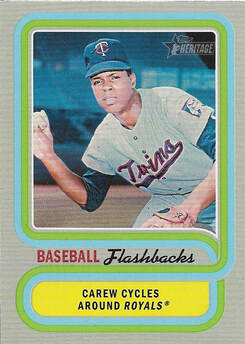
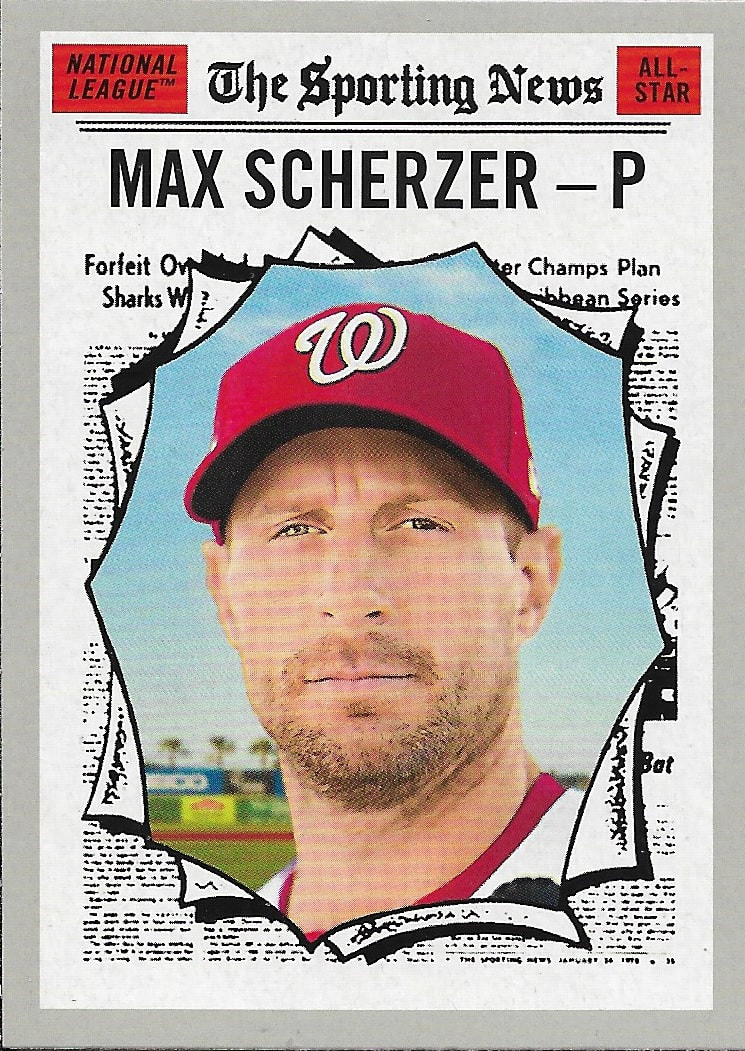
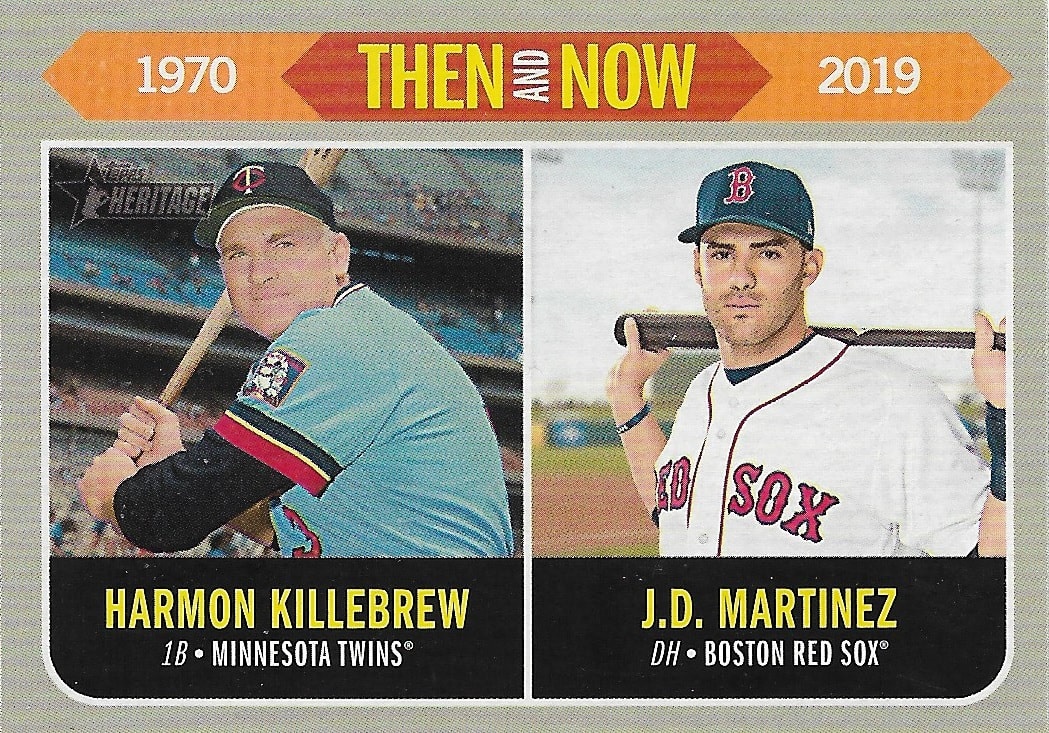
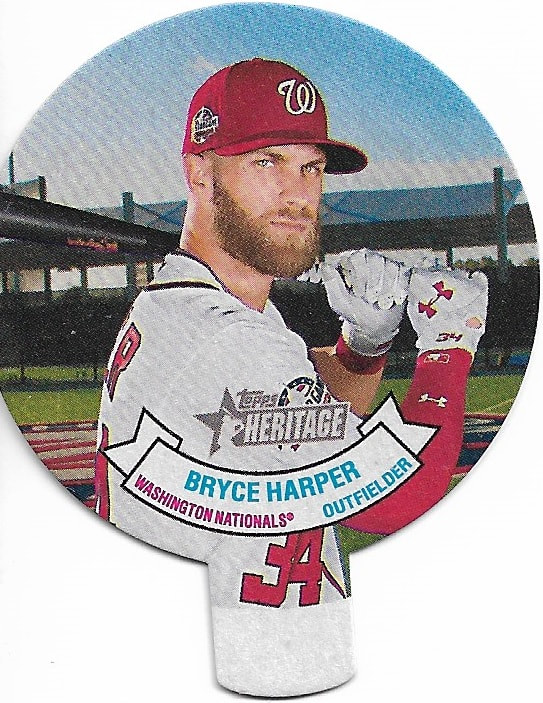
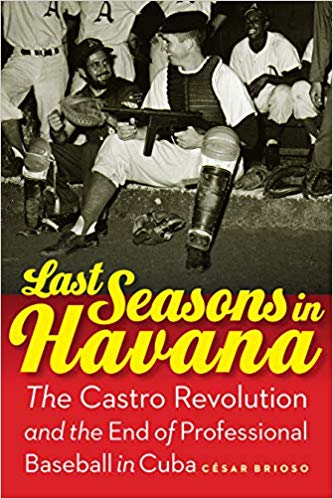
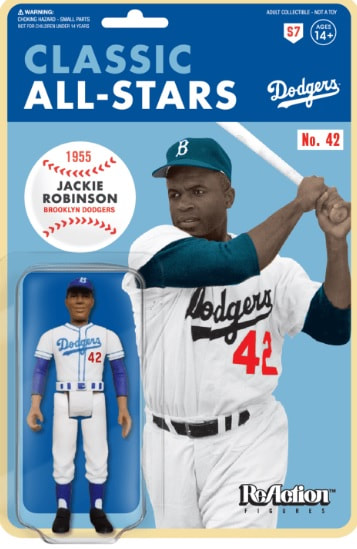
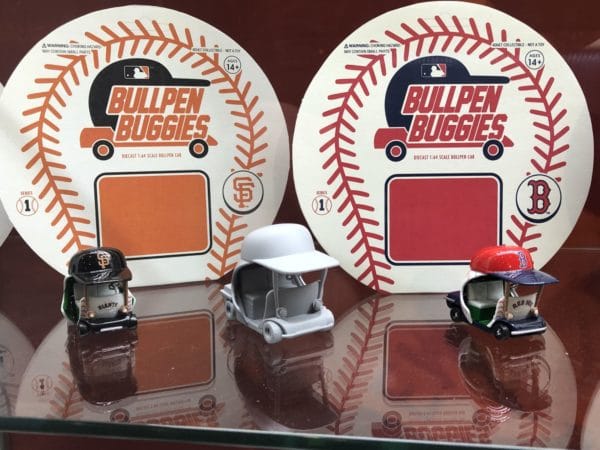
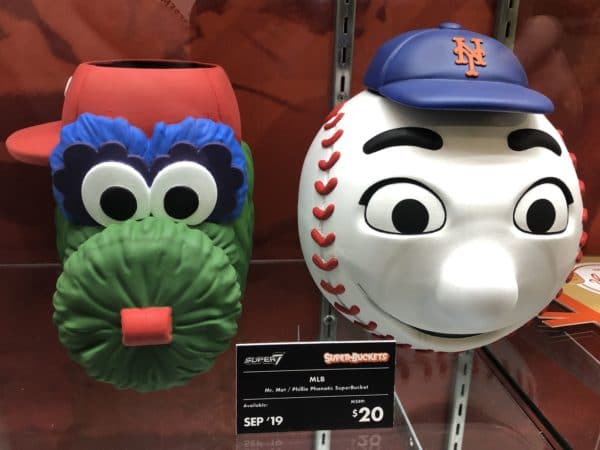
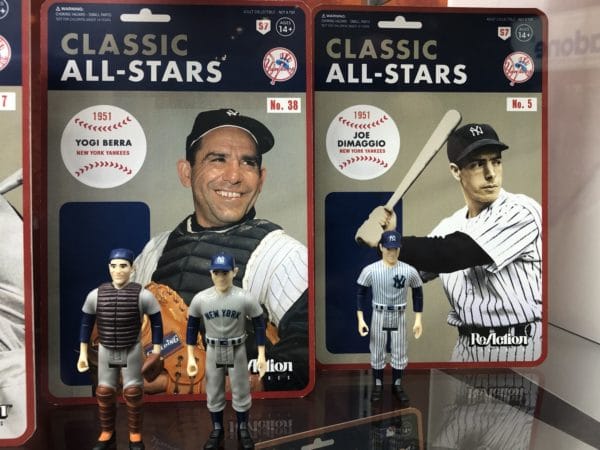
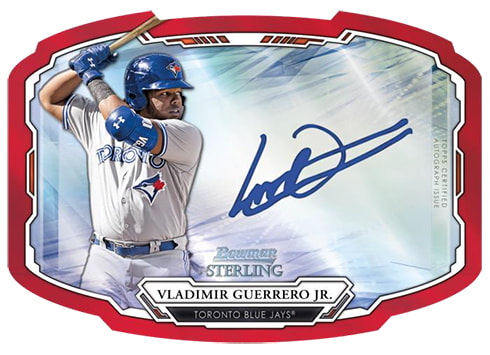
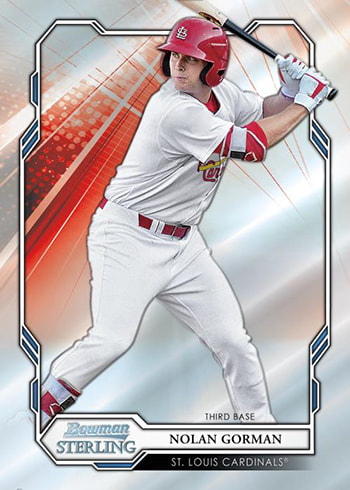
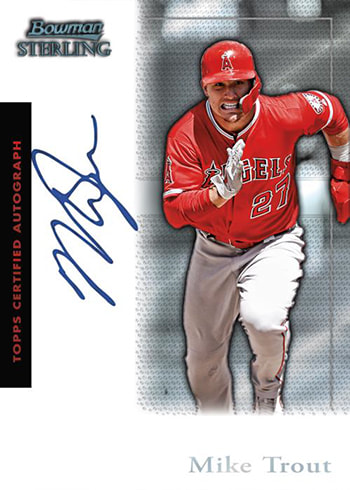
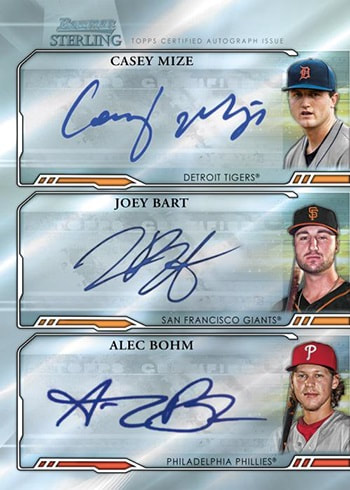
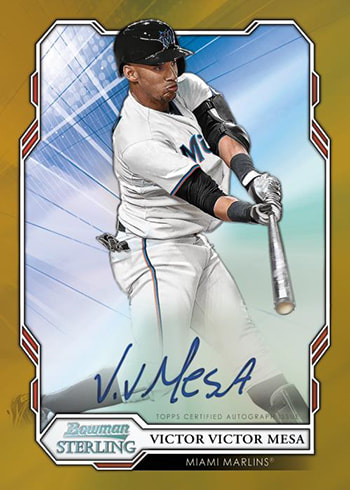
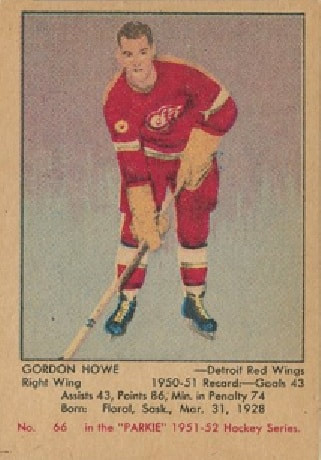
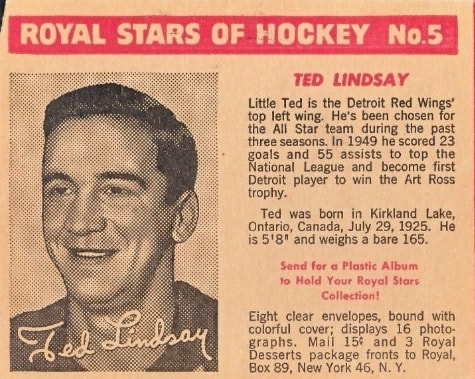
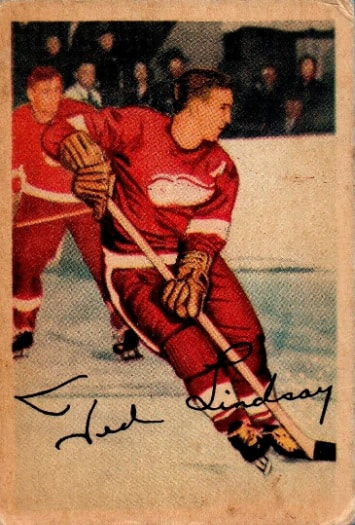
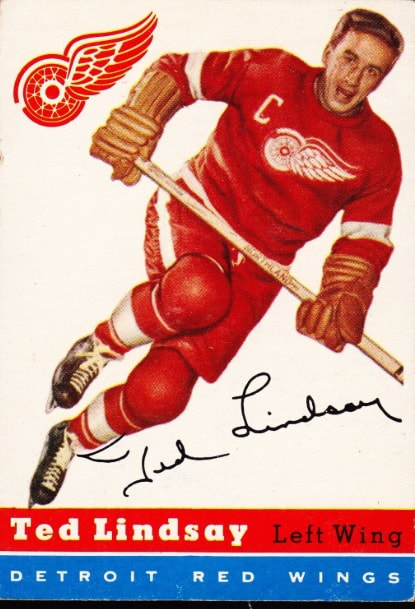
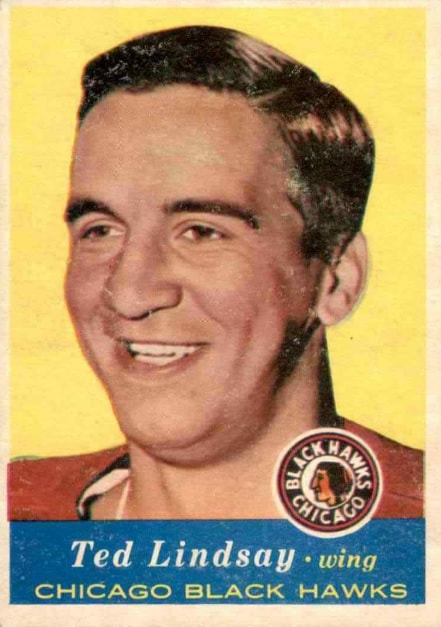
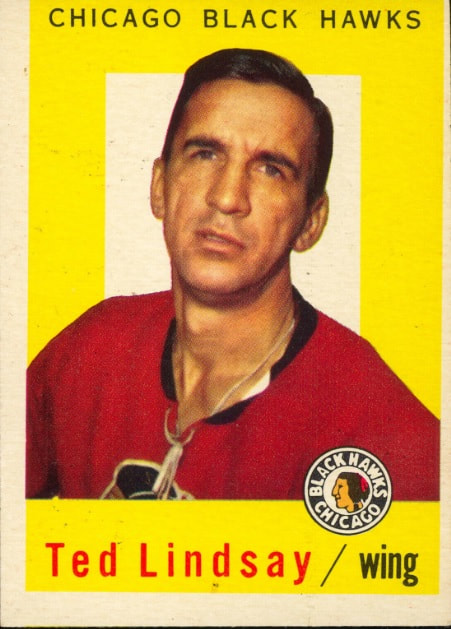
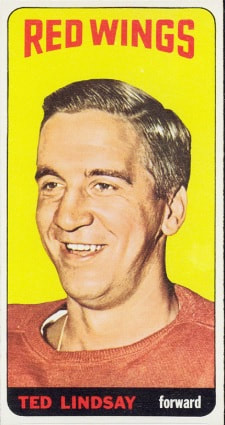
 RSS Feed
RSS Feed
